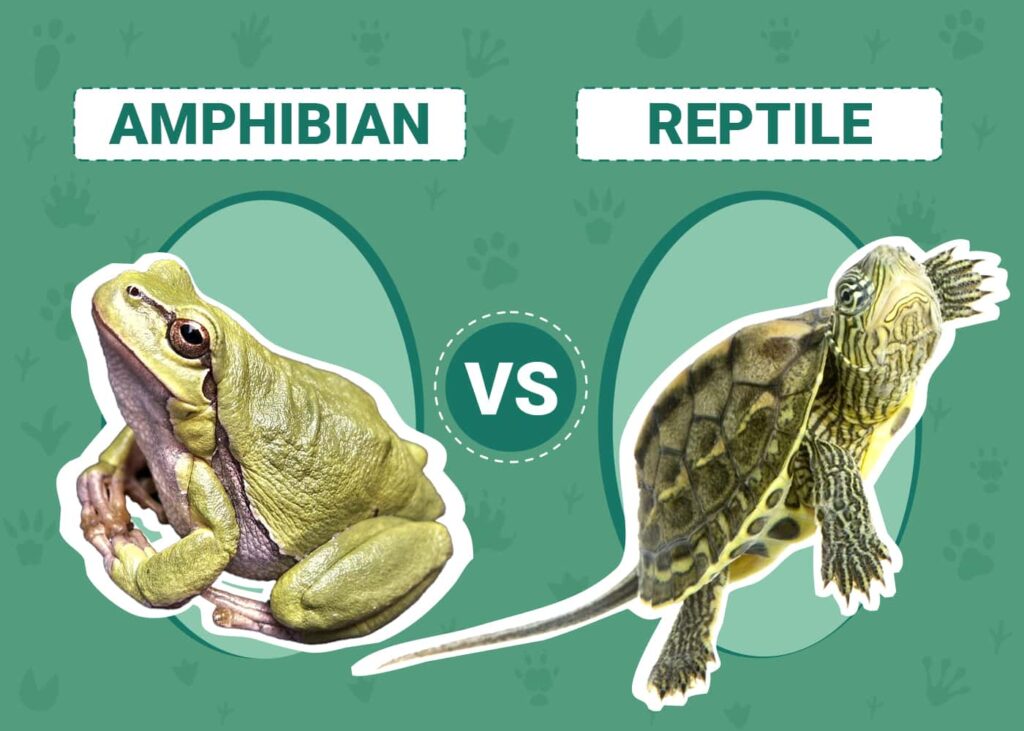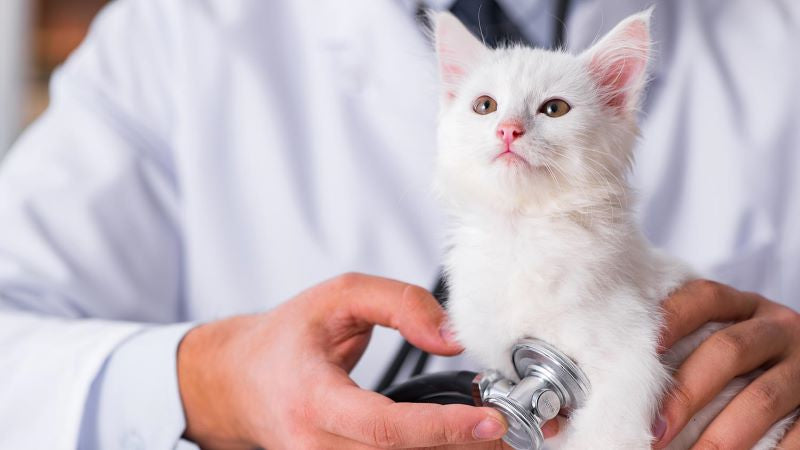Tutuky Magazine
- All
- 20%discount
- act love
- Act of Love
- adopting
- age
- Amphibian Pet
- Animals with habit
- attracting lost birds
- bed
- bird care tips
- bird recovery services
- birds
- Bond with Dogs
- Bones
- Breeds
- Busyowners
- BusyPetowners
- buythisnow
- Carrots for Birds
- cats
- Cats in cars
- Check
- Check the vet
- chocolate and pets
- comfort
- cozy
- Diabetes
- Discount pet supplies
- Dog Snoring
- Dog with tartar
- dogs
- Dogs in cage
- eggs
- elder
- Europe
- Euthanasia in Cats
- Exotic Pet Veterinary
- Felines
- find lost pet bird
- First pet
- Found authorities
- Halloweenpet
- Hamsters
- health
- how to find a parrot that escaped
- hygiene
- Insulin
- kitty
- knowthis
- leash
- Lost pet
- lost pet bird
- oldcat
- Online pet store
- online shopping
- Pet accessories
- Pet Acessories
- Pet bedding
- pet bird safety
- Pet birds diet
- Pet Capybaras
- Pet care tips
- Pet caring
- Pet Environment music
- Pet feeding
- Pet first aid
- Pet health
- Pet health supplements
- Pet hibernation
- Pet Hotel
- Pet Hygiene
- Pet insurance
- Pet Reptile music
- Pet Reptile tricks
- Pet Sitter
- pet snoring
- Pet Traffic
- pets
- pets nutrition
- pulling leash
- Reptile pet
- Reptile supplies
- rodents
- S Type Cats Tunnel
- Safety for pets
- senior pet
- Small pets
- Solitary Pet
- Trauma
- UK
- USA
- walk the dog
- Washable Portable HAir Removal Roller
- website recommending
- what to do if you lose your bird
- Winter
- youneedthis
- yummy

How to Stop Your Dog from Pulling on the Leash: Tips for a Peaceful Walk
Is your dog constantly pulling on the leash during walks? Learn effective tips to stop leash pulling and turn walks into a relaxed, enjoyable experience. This article explains why dogs pull, offers step-by-step training techniques like loose-leash walking and the “stop-and-go” method, and explores the best tools, including no-pull harnesses and head halters. Discover common mistakes to avoid, tips for consistent training, and how to reward good behavior. With patience and the right approach, you can teach your dog to walk calmly by your side, making walks more enjoyable for both of you.
Do Pet Reptiles Like Music? Exploring the World of Sound for Your Scaled Friends
Wondering if your pet reptile likes music? This article explores how reptiles perceive sound, their potential responses to music, and safe ways to introduce it to their environment. While reptiles don’t respond emotionally to music like mammals, they may feel vibrations and low-frequency sounds. Discover the best music types for reptiles, tips for observing their reactions, and the benefits of creating a soothing atmosphere. Learn how music can enhance your pet reptile’s habitat while ensuring their comfort and well-being.

The Ultimate Guide to First Aid for Pets: Keeping Your Furry Friends Safe
I found a lost pet. What to Do (and What Not to Do) When You Find a Lost Pet

Understanding the Solitary Cat: What to Do When Your Cat Doesn’t Accept Other Cats
Your Dog doesn’t like to go out? What should you do!

Understanding the Differences Between Reptiles and Amphibians: What you need to know

A Guide for First-Time Pet Owners: Embracing the Journey





